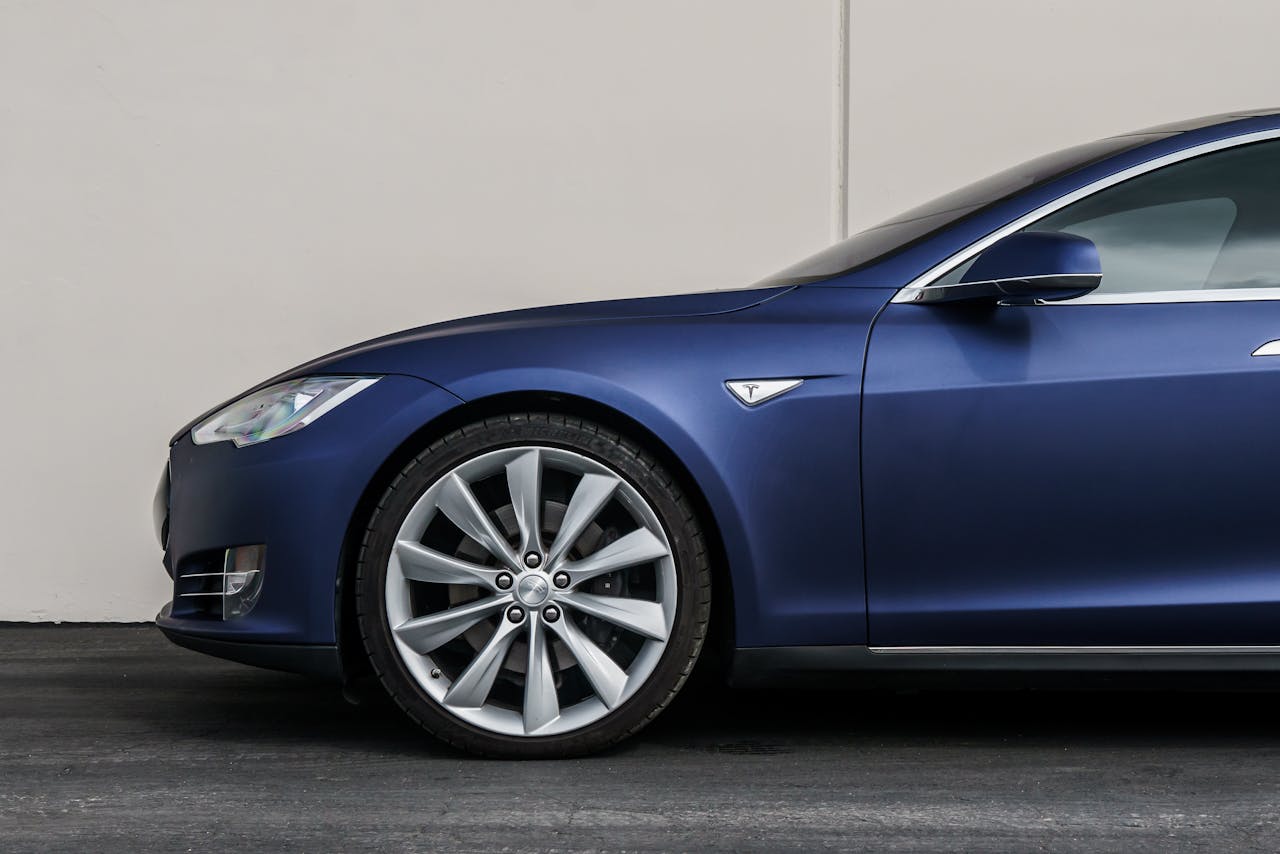
EV Insurance Coverage Challenges: What Affects Your Premium and How to Overcome It
Electric vehicles (EVs) are becoming more common on the road, offering drivers a sustainable and eco-friendly way to travel. However, while the shift to electric vehicles may seem simple, one aspect that many new EV owners overlook is insurance. EV insurance can be more complex than traditional vehicle insurance, and the premiums can often be higher. But why is this the case, and what can you do to ensure you are getting the best coverage at a reasonable rate?
Understanding EV Insurance: What Makes It Different?
When you insure an electric vehicle, the insurance process differs from that of a traditional gasoline-powered car. EVs contain expensive parts, particularly the battery, which accounts for a large portion of the vehicle’s cost. The high cost of repair or replacement for parts like the battery, motor, and charging system can increase the price of your premiums. In addition, insurance companies have to consider the vehicle’s technology, which is often more advanced than in traditional cars.
Another factor that makes EV insurance unique is the vehicle’s repair cost. Most electric vehicles are relatively new on the market, which means they may have parts that are harder to find or more expensive to replace. Therefore, insurance companies must account for the specialized nature of EV repairs, which can result in higher premiums.

Key Factors That Affect Your EV Insurance Premium
Several factors specifically affect the cost of your EV insurance premium. Here are the main ones:
Battery Damage
The battery is the heart of any electric vehicle, and it’s also one of the most expensive components to repair or replace. If the battery is damaged due to an accident or other factors, the cost of repair can be several thousand dollars. Insurance providers often raise premiums for EVs because the battery is so expensive to fix or replace.
Repair Costs
In addition to the battery, EVs contain specialized parts that may be costly to repair. The complex technology used in electric motors, as well as electronic systems, can make repairs more expensive compared to traditional vehicles. Because of these high repair costs, insurance companies factor this risk into your premiums, making EV coverage more expensive.
Charging Station Liability
Another area where EV insurance differs from traditional vehicle insurance is related to charging stations. Many EV owners install home charging stations, while others use public stations. If something goes wrong, such as an electrical fire or damage caused during charging, determining who is responsible can be difficult. Some insurance policies may cover charging station-related incidents, but it’s important to check with your insurer to ensure that you are fully covered.
Vehicle Model and Technology
Some EV models come with advanced technology and safety features that can drive up the cost of your insurance premiums. For example, electric vehicles equipped with advanced driver-assistance systems (ADAS) or high-tech components often carry a higher premium. While these features may provide more safety and protection, they also come with a higher repair cost if damaged in an accident.
How to Overcome These Challenges and Lower Your Premiums
While EV insurance can be more expensive due to the factors mentioned above, there are steps you can take to lower your premiums and ensure you are not overpaying.
Shop Around for the Best Deal
As with any type of insurance, it is important to shop around. Different insurance providers may offer different rates, so comparing policies is the best way to ensure you are getting the right coverage at a fair price. Some insurers offer discounts for EV owners, especially those who drive safely or use eco-friendly vehicles, so it’s worth checking out multiple options.
Opt for Additional Safety Features
Adding safety features to your vehicle can sometimes lower your insurance premiums. For example, installing cameras, sensors, or anti-theft systems may make your EV safer and less likely to be involved in an accident. These features can lower your risk, which may result in a reduction in your insurance rates.
Take Advantage of Discounts
Many insurance companies offer discounts for green or eco-friendly vehicles, including electric vehicles. Additionally, insurers may offer reduced rates for safe driving records or bundling multiple policies together. Be sure to ask your insurer about any potential discounts that you may be eligible for.
Understand Your Policy
It is essential to fully understand what is covered in your policy and what is not. For example, make sure you know whether damage to your EV’s battery is covered under your policy and if charging station-related incidents are included. Reviewing your policy carefully will help you avoid unexpected costs and ensure that you have the right coverage at the best price.
Start Your Quote Today
Our licensed specialist will search for the best insurance quotes and will email you when ready.



